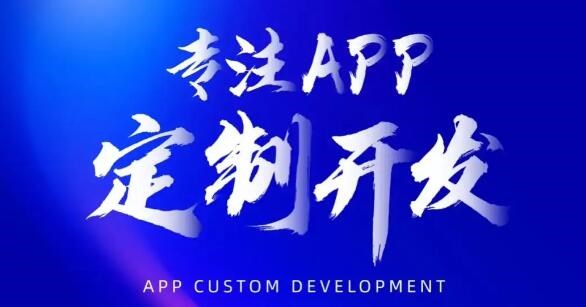中文化、本土化、云端化的在线跨平台软件开发工具,支持APP、电脑端、小程序、IOS免签等等
App Development: Principles and Detailed Introduction
Introduction:
App development, short for application development, refers to the process of creating software applications for mobile devices such as smartphones and tablets. With the rapid growth of the mobile industry, app development has become a popular and lucrative field. This article will provide a detailed introduction to app development, including its principles and the steps involved in creating an app.
Principles of App Development:
1. Identify the Purpose:
Before starting the development process, it is crucial to identify the purpose of the app. Determine the target audience and the problem the app will solve. This step helps in creating a clear vision for the app.
2. Design the User Interface:
The user interface (UI) is a crucial aspect of app development. It includes the visual elements, such as buttons, menus, and screens, that users interact with. Design an intuitive and visually appealing UI to enhance the user experience.
3. Plan the Functionality:
Define the features and functionalities the app will offer. Create a list of requirements and prioritize them based on their importance. This step helps in organizing the development process and ensuring that all necessary functionalities are implemented.
4. Choose the Development Platform:
Selecting the right development platform is essential. Consider factors such as the target audience, device compatibility, and development tools available. The most popular platforms include iOS (Apple), Android (Google), and Windows (Microsoft).
5. Write the Code:
App development involves writing code to implement the desired features and functionalities. Different programming languages, such as Java, Swift, and C#, are used depending on the chosen platform. Developers need to have a strong understanding of these languages and their respective frameworks.
6. Test and Debug:
Thoroughly test the app to ensure it functions as intended. Identify and fix any bugs or issues that arise during the testing phase. Testing should cover various scenarios and device configurations to ensure compatibility.
7. Deploy and Publish:
Once the app is fully developed and tested, it is ready for deployment. Depending on the chosen platform, the app can be published on app stores like the Apple App Store or Google Play Store. This step involves following the platform-specific guidelines and submission processes.
Detailed Introduction to App Development:
1. Planning Stage:
The planning stage involves defining the app's purpose, target audience, and desired functionalities. Conduct market research to identify potential competitors and differentiate your app. Create wireframes and prototypes to visualize the app's structure and flow.
2. Design Stage:
In the design stage, focus on creating an attractive and user-friendly interface. Use design tools to create mockups and visual representations of the app. Consider factors like color schemes, typography, and iconography to create a consistent and visually appealing design.
3. Development Stage:
During the development stage, the app's code is written and implemented. Developers use integrated development environments (IDEs) and software development kits (SDKs) specific to the chosen platform. They follow coding best practices and ensure the app's performance, security, and compatibility.
4. Testing Stage:
Thoroughly test the app on various devices and operating system versions. Use both manual and automated testing techniques to identify bugs and issues. Test the app's performance, usability, and compatibility with different screen sizes and resolutions.
5. Deployment Stage:
Once the app is thoroughly tested, it is ready for deployment. Create developer accounts on the chosen platforms and follow their submission guidelines. Prepare app store listings, including screenshots, descriptions, and keywords, to optimize visibility and downloads.
6. Maintenance and Updates:
After the app is published, monitor user feedback and reviews. Regularly update the app to fix bugs, add new features, and improve performance. Stay updated with the latest platform updates and industry trends to ensure the app remains relevant and competitive.
Conclusion:
App development is a multidimensional process that requires careful planning, designing, coding, testing, and deployment. By following the principles and steps outlined in this article, developers can create successful and user-friendly apps. Continuous maintenance and updates are essential for app longevity and user satisfaction in the ever-evolving mobile industry.





